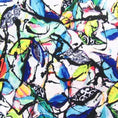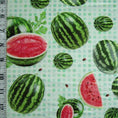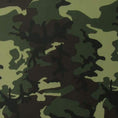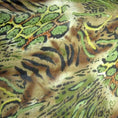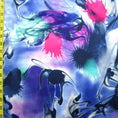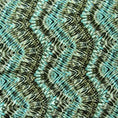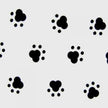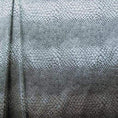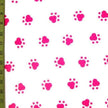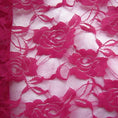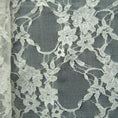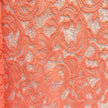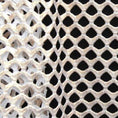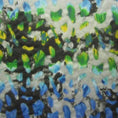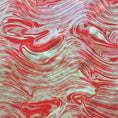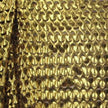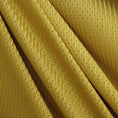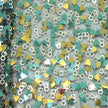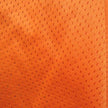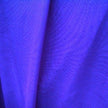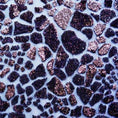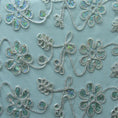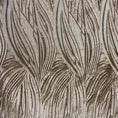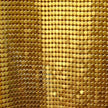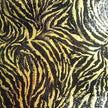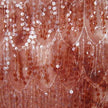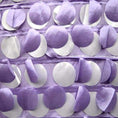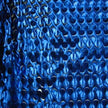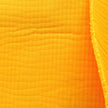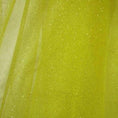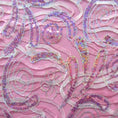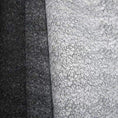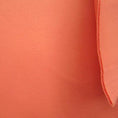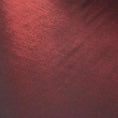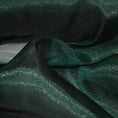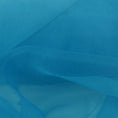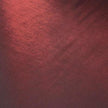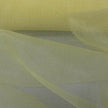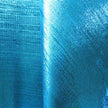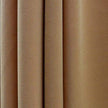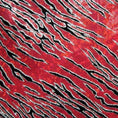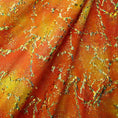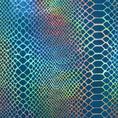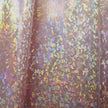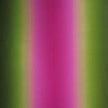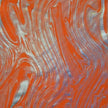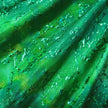- No products in the cart.
Light, Useful and Fun: The Scoop on Mesh Fabric
22
May
Mesh fabric is no longer just for sports jerseys and eccentric beachwear. Mesh fabrics like tulle netting mesh, striped mesh, and glitter mesh have found their way into dancewear, rave-wear, and other glitzy garments.
More importantly, creatively sewn mesh inserts can take any clothing to a whole new and exciting level. It can be added to leggings, shirts or anything in between. But, how do you sew using mesh fabric? That’s exactly why we put together this article to introduce you to the fabulous world of mesh fabric sewing - starting with the basics.
What is Mesh Fabric?
Mesh fabric is an increasingly pervasive fabric that is loosely woven, and ideal for sports jerseys and dancewear. It is the closely spaced holes or meshes in the pattern that characterizes this fantastic and great-looking fabric. Plainly put, mesh fabric is a soft, sheer fabric with lots of tiny holes that have been loosely knitted to create a certain structure or look.
When it comes to sewing with mesh fabric, one factor has the power to make or break your project: the type. Luckily, this fabric comes in a wide variety, ranging from sequin mesh and tulle mesh to cotton mesh – all have their advantages and disadvantages, depending on the project type you’re working on.

History of Mesh Fabric
The fascinating history of mesh fabric goes as far back as 1888. Also referred to as powernet, tulle or power mesh, mesh fabric was fabricated by a British textile owner in 1888 in a bid to produce a fabric from a material that is not only breathable and clean but could also remain intact when exposed to extreme temperature changes of winter and summer.
The textile owner used looms to make sure the yarns are woven or knitted together in such a way that they leave open spaces between the fibers or strands. Over the years, mesh fabric has undergone many changes and improvements. Today, it is the perfect material for fashion and apparel and has been used to make gloves, wraps, dresses, scarves and of course dancewear. The beautiful thing about tulle netting mesh is that the dyes won’t rub off whether the fabric is dry or wet. Even better, mesh fabric is quite easy to cut and sew with (if you know what you're doing, of course).
How is Mesh Fabric Made?
First things first; what’s mesh made out of? The mesh material is commonly made from nylon, polyester or even spandex. The synthetic fibers or yarns are typically woven or knitted together using a complex machine to produce a net-like fabric with a wide array of sewing uses. In some cases, the mesh fabric can be fabricated from metallic materials to give off that shiny, glossy appearance.

How do you Cut Mesh Fabric?
Whether you go for tulle netting mesh for its fine holes or mesh with large holes, it pays to cut your fabric carefully to prevent fraying. It also depends on your project, whether you are shaping the fabric into runners, sashes, bows or garlands.
Prior to cutting mesh fabric, make sure to press out most wrinkles using a low-heat setting. If it's not a bolt fabric, you probably don't have to iron/press the fabric.
Here a few tips to heed to when cutting mesh fabric:
- You can place the pattern pieces wherever you want on mesh fabrics that don't have grain, e.g. tulle netting.
- Use only sharp pair of scissors or a quality rotary cutter and board.
- Place the fabric over the tissue, use pattern weights, pin it or keep the fabric corralled to prevent slipping when making cuts.
- Use flower head pins or other pins with flat tops to hold the fabric in place
Tips on How to Sew with Mesh Fabric
Sewing using mesh fabric can be effortless if you keep the following tips in mind:
Pre-wash the fabric. Washing the mesh fabric before sewing ensures that no puckers or pulls occur.
The right type of thread can make a huge difference. An all-purpose textured nylon or polyester thread can do the trick for mesh fabrics based on nylon and polyester. A cotton thread is suitable for all other types of mesh.
Your choice of seams does matter. Given that mesh is a loose fabric, it is important to consider it as transparent, first and foremost. As such, use narrow and neat seems like a serged seam with three-thread overlock stitches or double stitch seams.
Use proper stitches. Leverage short length stitches if the mesh has large, coarse holes so that it can feed easily through the standard sewing machine. Instead of straight stitches, use narrow zigzag ones.
To stabilize the fabric, put a tissue under the dog so that it doesn't grab spaces. Or, you can use sheer tricot tape and clear elastic material to stabilize the seams.

Good placement of the mesh is also of paramount importance. When you are stitching, place the fabric just on top next to the sewing needle
Finishing the mesh edges is a careful art. To do so without ruining the fabric, you have to bind the edges using foldover ribbing or dual-fold bias tape. Sedge the mesh edges using a three-thread overlocking stitch, fold them over and then finish with topstitches. If the edges are straight, you can use replace binding with ribbons. You have to choose the right edge trim that will match the pattern or type of mesh fabric.
Avoid backstitching. Like all delicate fabrics, mesh fabric doesn’t do well with reverse stitches. This can lead to a bunched-up fabric. Rather than using backstitches, consider leaving long thread tails that you can tie together later.
How do you Clean Mesh Fabrics?
Cleaning mesh items isn't too difficult, as long as you treat the garment as if it were made of any other delicate fabric. Keep these tips in mind when washing your newest mesh creation:
- You can steam the seams, if necessary.
- The mesh should never come into contact with the iron. Cover it with press cloth before pressing.
- Do not wring or hang in dry sun - lightly press it in a dry towel and hang indoors.
- Don’t machine wash the garment.
- Use only cold, clean water when hand washing the fabric.
There you have it: a comprehensive overview of how to work with mesh. With the warm weather approaching rapidly, now's the time to start a project using this fun, breathable fabric. What are you waiting for?
